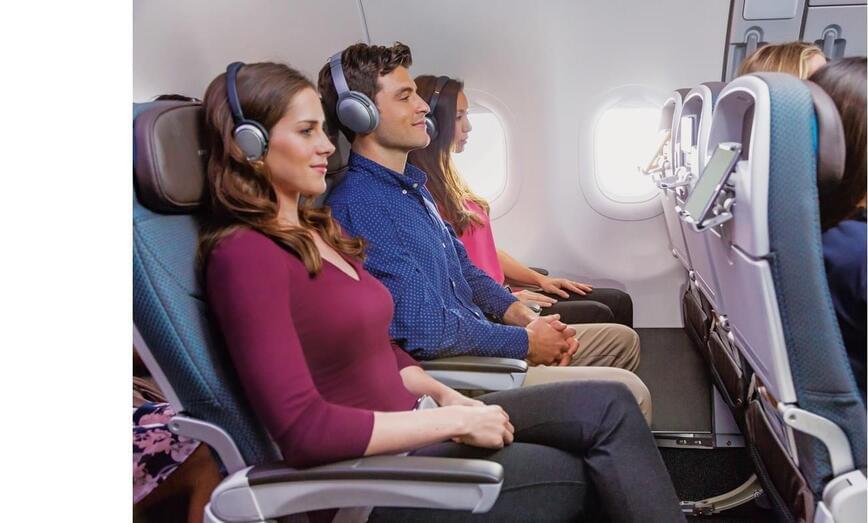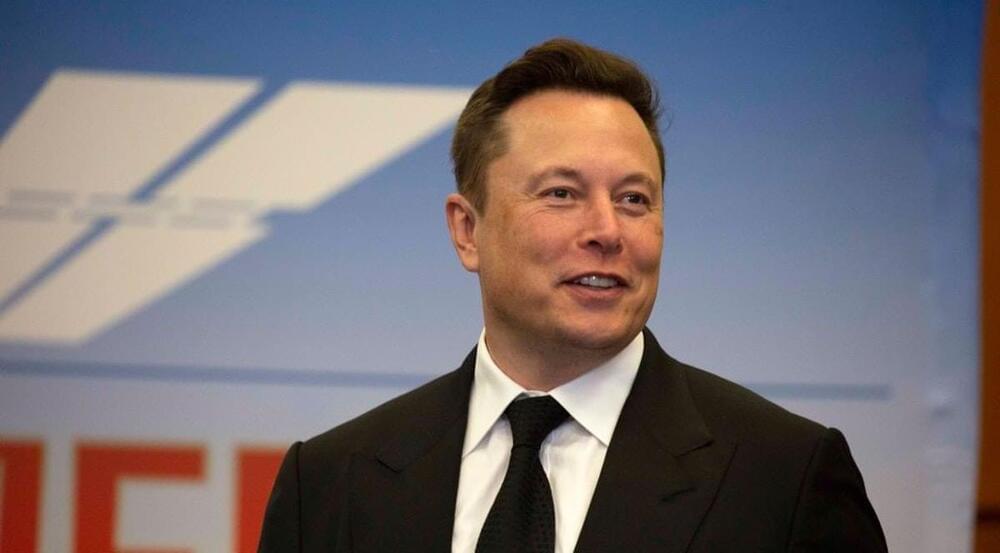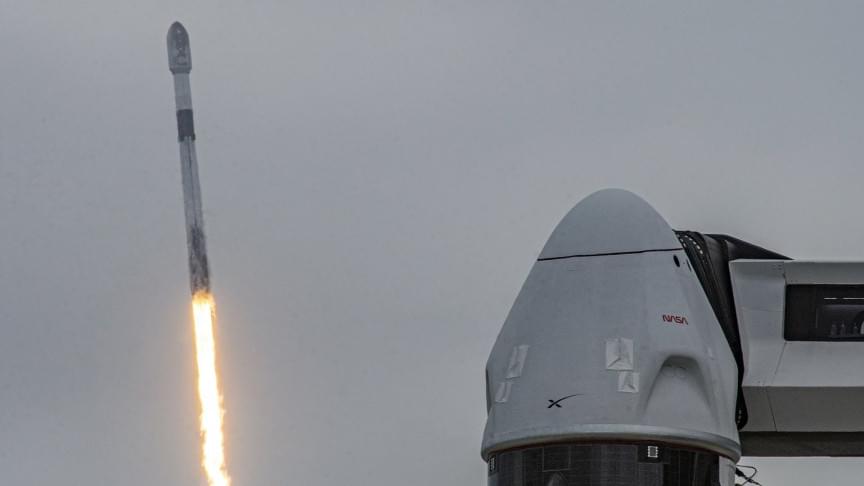Musk’s company SpaceX is supplying internet service to troops in Ukraine, and helping them beat the Russians.


When it comes to responding to emerging threats, the Pentagon’s director for electromagnetic warfare suggested today that the US military’s electronic warfare organization should borrow a leaf from SpaceX.
SpaceX founder Elon Musk said that Russia had jammed Starlink terminals in Ukraine for hours at a time after SpaceX shipped Starlink terminals to Ukraine in February in an apparent effort to help Ukraine preserve its internet connection amid the war with Russia. Starlink was back up and running after a software upgrade, according to Musk, who added on March 25 that the constellation had “resisted all hacking & jamming attempts” in Ukraine.
Assuming Musk — who is known for being a showboater in his public pronouncements — is giving an accurate image, a private company thwarting Russian EW attempts with software updates is the kind of thing that makes Pentagon EW experts sit up and take notice.
“That’s wonderful from the standpoint of an EW technologist. Dave Tremper, head of electronic warfare for the Pentagon’s acquisition office, remarked, “That paradigm and how they executed that is sort of eyewatering to me.” “We need to be able to upgrade in the same way that Starlink was able to when a threat appeared. We need to be able to modify our electromagnetic posture quickly, and we need to be able to change what we’re attempting to do without sacrificing capabilities.”
Subscribe — https://bit.ly/3lPAZZ3
Jessica gives us a driving tour of SpaceX Starbase Texas with a Starlink V3 terminal strapped to the roof of the Kirsh Kona! And Anthony Gomez from Rocket Ranch also makes an appearance to give us some Starbase safety tips. Follow Anthony on Twitter @AnthonyFGomez.
https://www.rocketranchbocachica.com.
This subscriber video edit was provided by subscriber, channel member and channel moderator, Nik Lovell. Follow Nik on Twitter @nik_lovell.
Link to original live stream:
Music:
“Cosmo — Arpeggios” (Shutterstock)
Please consider supporting the channel on Patreon:
http://www.patreon.com/jessicakirsh.
Please consider joining the channel on YouTube:


ModalAI, a Blue UAS framework manufacturer of autonomous drone technology, says it has developed the world’s smallest and most advanced autopilot built in the USA. Weighing only 16 grams, ModalAI’s VOXL 2 is designed specifically for GPS-denied, autonomous drones with obstacle avoidance.
It is powered by the Qualcomm Flight RB5 5G platform and integrates a PX4 real-time flight controller with an 8-core CPU, a GPU and NPU that provide a combined 15 Tera Operations Per Second (TOPs), seven image sensors, and TDK IMUs, and barometer.

Highlighting recent robotics research, MIT’s robot “mini cheetah” combines the best of electronics and machine learning to zoom towards the future.
Four-legged animals have long been a popular platform for basing walking robots on. Some of the most widely internet-famous robots are the quadrupeds that have come out of the Massachusetts Institute of Technology (MIT), such as Boston Dynamics’ Spot (a spin-off of MIT bought by Hyundai) and the MIT Mini Cheetah.


Elon Musk’s SpaceX has signed its first ever deal with a major U.S. airline to provide wireless internet to passengers for free using the Starlink satellite network.
The deal with Hawaiian Airlines, which could be implemented as soon as next year, is expected to increase pressure on rival airlines to provide free Wi-Fi for passengers.
“Hawaiian doesn’t currently offer inflight Wi-Fi and has an extensive network of flights over the Pacific Ocean, serving the mainland U.S., Japan, Australia and New Zealand, among other destinations, from Hawaii,” CNBC reported. “It plans to offer Starlink connectivity on its flights out of its home state to cities throughout the mainland U.S. and to its international destinations.”
